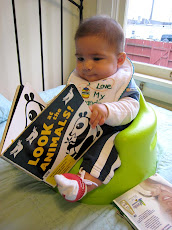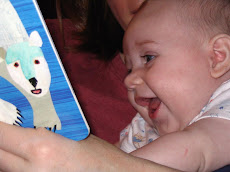Using literature to connect with a math lesson is a wonderful way to involve students in both literacy and mathematical thinking (Whitin & Wilde, 1992, 1995).
When teachers link children’s literature with mathematics, children are better at explaining their reasoning and strategies, enjoy mathematics more, show greater overall persistence on difficult tasks, think more about what they learn, and experience a level of success (Clarke, 2002).
When children’s literature and numeracy are connected in an interactive and meaningful way, students will understand the mathematics concepts readily and will sustain the knowledge (Raymond, 1995).
Many experts have stated that combining mathematics and literacy development will lead to a child's improvement in both.
“How children experience math has a profound effect on what they are able to learn. If we want our children to be successful in math, it is important that we create a learning environment that supports the development of understanding, positive attitudes and habits of mind that cause children to be interested, curious and eager to learn new mathematical ideas” (Kathy Richardson, Math Time).
At first glance, the story Goldilocks and the Three Bears may seem like any other story, but if you look at it using a mathematics lens, something should immediately come to mind - the number 3! Not only is the number 3 part of the title, but the entire story is based around collections of 3 (bears, bowls, chairs, beds). Also, the number is continually reinforced.
Not just numbers...
Also, the story exposes children to ordering (small, medium, large and cold, warm, hot), correspondences between ordered sets (smallest bed for smallest bear, next for the next larger bear), patterning (repeated phrases – too little, too big, just right). WOW! What a great math book!
Books provide a great starting point for rich, authentic mathematical thinking and mathematics lessons. Children’s literature also motivates children to explore concepts in greater depth, and encourages them to make connections among and between mathematics topics. Books also help to stimulate interest and provide real-world contexts for problem solving. Children are very quick to relate to fictional characters and situations.
A word of advice...
Before you talk about the math content in a story with children, make sure that they are very familiar with the story. You can't expand on anything without a solid foundation. Once a child has built up a good schema, you can begin drawing attention to the math in the stories you share.







